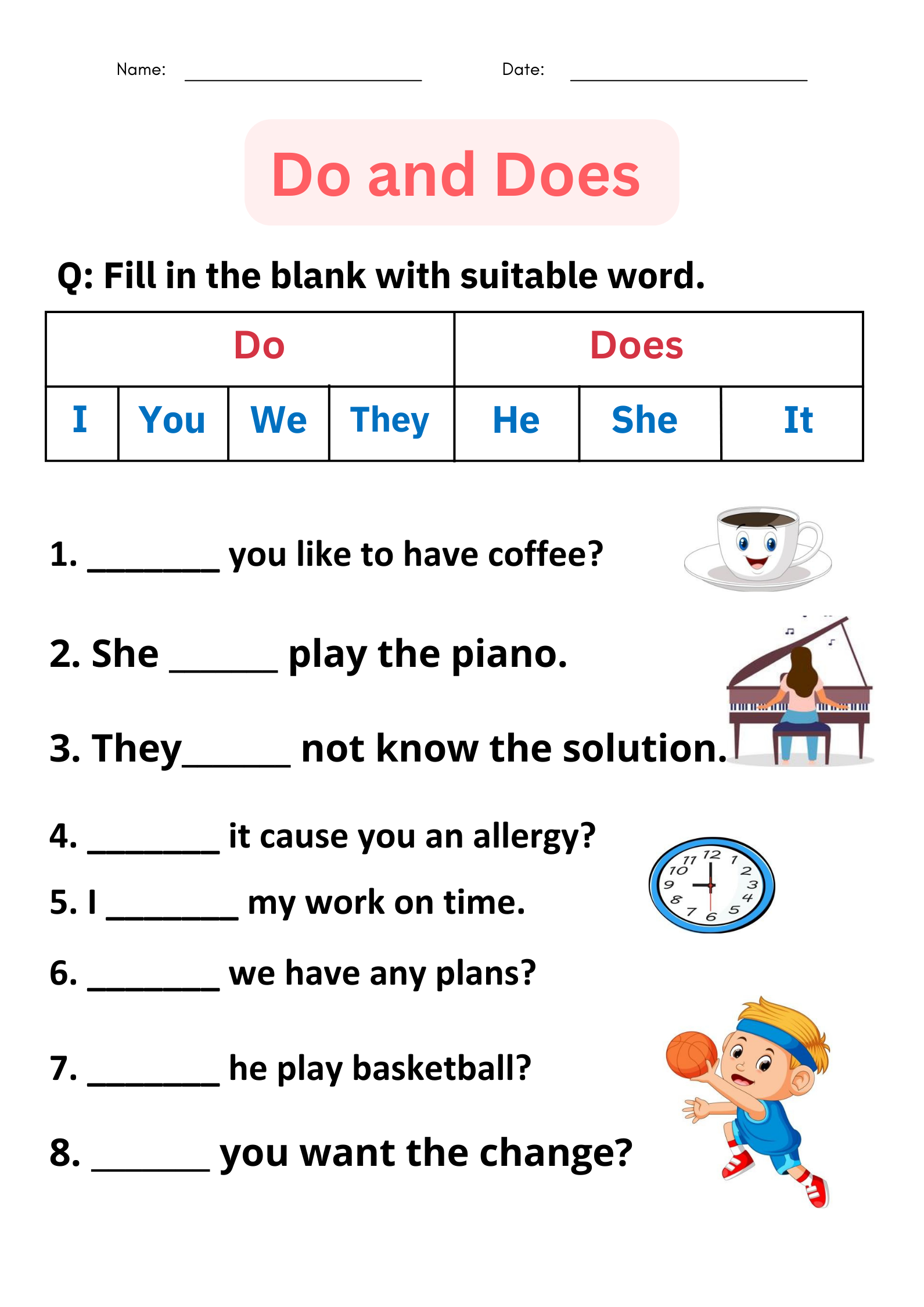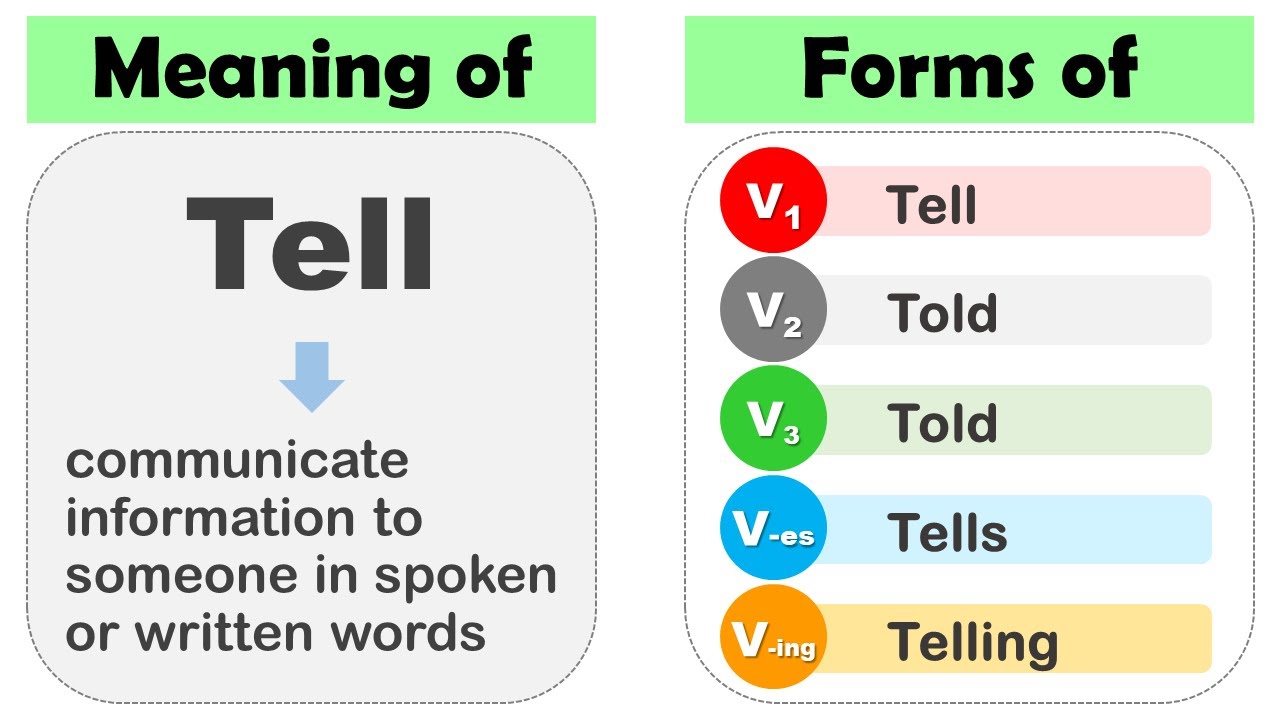Soft News vs. Hard News: Understanding the Difference in Journalism
What defines soft news in journalism?
In the world of journalism, news reports are typically categorized into two main types: hard news and soft news. Understand the difference between these categories help readers identify the purpose and value of different news stories they encounter every day.
Soft news refer to stories that focus more on human interest, entertainment, lifestyle, and feature kinda than urgent, time sensitive information. These stories aim to engage readers emotionally and frequently have a lighter, more conversational tone compare to hard news reporting.
Characteristics of soft news reporting
Several key elements distinguish soft news from hard news reporting:
Human interest focus
Soft news stories center on people and their experiences. They tell compelling narratives about individuals or communities that readers can relate to emotionally. These stories oftentimes highlight personal struggles, achievements, or unusual circumstances that evoke empathy or curiosity.
For example, a profile of a local artist who overcome significant obstacles to achieve success would be considered soft news. The story doesn’t require immediate attention but offer readers an inspire narrative they can connect with on a personal level.
Timelessness
Unlike hard news, soft news doesn’t typically have a strict time element. These stories remain relevant and engaging disregarding of when they’re published. This quality allow news organizations to prepare soft news pieces in advance and publish them when need to balance out more urgent reporting.
A feature about traditional cooking methods pass down through generations could be published at any time without lose its relevance or appeal to readers.
Entertainment value
Soft news oftentimes aim to entertain equally practically as it inform. These stories provide a pleasant reading experience and may offer a welcome break from more serious news topics. The entertainment value doesn’t diminish the journalistic merit of these pieces but kinda serve as an additional benefit for readers.
Celebrity interviews, travel features, and food reviews all fall into this category, offer readers enjoyable content that may improve their mood or provide escape from daily stresses.
Narrative style
The writing style in soft news tends to be more creative and descriptive compare to the straightforward approach of hard news. Journalists write soft news have more freedom to use literary techniques, colorful language, and personal observations to craft engage narratives.
A hard news story about a new city ordinance would focus on the facts, timing, and implications. In contrast, a soft news piece might explore how the ordinance affect a specific family or business, use descriptive language and personal anecdotes to bring the story to life.
Examples of soft news reports
To substantially understand what constitute soft news, consider these common examples find in newspapers, magazines, television broadcasts, and online publications:
Lifestyle features
Stories about fashion trends, home decor, gardening tips, or wellness practices qualify as soft news. These pieces provide readers with information they can use to enhance their daily lives without the urgency associate with break news.
A feature on the latest fitness trends or a guide to create a sustainable garden offer practical advice that readers can implement at their convenience. The value of these stories lie in their usefulness kinda than their timeliness.
Celebrity and entertainment news
Reports about celebrities, movies, television shows, music, and other forms of entertainment typically fall under the soft news category. These stories satisfy readers’ curiosity about popular culture and provide talking points for social interactions.
An interview with a film director about their creative process, a review of a new album, or coverage of a red carpet event would all be considered soft news. While these stories may btiedie to current events, they don’t demand immediate attention in the way that hard news do.
Human interest stories
Stories that highlight remarkable individuals, unusual occurrences, or emotional situations are classic examples of soft news. These narratives oftentimes inspire, amuse, or move readers through their focus on the human experience.
A profile of a community volunteer who has dedicated decades to help others, a story about a surprising reunion between retentive lose relatives, or coverage of a local fundraising effort would totally qualify as human interest soft news.
Travel and food features
Articles about destinations, culinary experiences, restaurants, and food trends are popular soft news content. These stories appeal to readers’ sense of adventure and appreciation for new experiences.
A travel writer’s account of explore a hide gem destination, a review of a new restaurant, or a feature on regional cooking traditions would all be classified as soft news. These pieces oftentimes include rich descriptions and personal observations that transport readers to different places and experiences.
The role of soft news in modern media
While hard news focus on immediate events that impact society at large, soft news serve several important functions in the media landscape:

Source: slideshare.net
Balance and variety
News organizations use soft news to provide balance in their coverage. A constant stream of serious, frequently negative hard news can lead to audience fatigue. Soft news offer a necessary counterpoint, give readers moments of respite and enjoyment amid more challenging content.
Many news outlets intentionally structure their publications or broadcasts to alternate between hard and soft news, create a rhythm that keep audiences engage without overwhelm them.
Building audience connection
Soft news help media outlets build deeper connections with their audiences. By address topics relate to readers’ personal interests, hobbies, and daily lives, these stories create a sense of relevance and value beyond break news coverage.
Readers frequently develop loyalty to publications that systematically provide soft news content that align with their interests and lifestyle. This connection benefit both the audience and the news organization in the long term.
Revenue generation
From a business perspective, soft news content oftentimes attract specific advertisers interested in reach audiences in a more relaxed, receptive state of mind. Lifestyle features, travel sections, and entertainment coverage create natural opportunities for relevant advertising partnerships.
Additionally, soft news content oftentimes have a longer shelf life online, continue to attract readers and generate page views farseeing after publication. This extended lifespan pprovidesongoing value for news organizations in the digital landscape.
Hard news vs. Soft news: key differences
To amply understand what constitute soft news, it’s helpful to compare it flat with hard news:
Urgency and timeliness
Hard news is time-sensitive and focus on events that have exactly occurred or are presently unfold. Break news about natural disasters, political developments, economic changes, or major accidents demand immediate reporting and quick dissemination to the public.
Soft news lack this urgency. While it may be connected to current trends or seasonal interests, the value of soft news doesn’t diminish importantly if publication is delay by days or even weeks.
Subject
Hard news typically covers topics consider essential to public knowledge: government actions, economic developments, significant crimes, international relations, and major social issues. These stories affect large segments of society and oftentimes have farreachedh implications.
Soft news addresses subject that, while interesting and valuable, aren’t essential for citizens to function in society. Entertainment, lifestyle choices, personal achievements, and human interest stories enrich readers’ lives but don’t require immediate attention or action.
Tone and structure
Hard news follow a more rigid structure, typically employ the invert pyramid style that place the almost critical information at the beginning of the story. The tone is objective, formal, and focus on facts quite than emotions or opinions.
Soft news allow for greater flexibility in structure and tone. These stories may build gradually toward a conclusion, incorporate narrative techniques like foreshadowing or character development, and include more descriptive language. The tone can be conversational, humorous, or emotional depend on the subject.
Soft news in television broadcasting
Television news programs offer clear examples of the distinction between hard and soft news:
Morning show
Morning television programs typically feature a high percentage of soft news content. Segments on cooking, health tips, celebrity interviews, fashion trends, and human interest stories dominate these shows. Evening when address current events, morning shows oftentimes focus on the human or lifestyle angles instead than policy implications.
These programs understand that viewers start their day may prefer engaging, lighter content that entertain while provide useful information for daily life.
News magazine programs
Television news magazines like” 20/20 ” r “” teline ” ” entimes blend elements of hard and soft news. While they may cover serious topics like crime or social issues, they do hence through a narrative lens that emphasize personal stories and emotional impact.
These programs use soft news techniques — character development, dramatic tension, and human interest — to make complex or difficult subjects more accessible and engage for viewers.
Feature segments in newscasts
Evening traditional evening newscasts typically include at least one soft news segment, oftentimes place near the end of the broadcast. After cover the day’s hard news stories about politics, economics, or international affairs, these programs close with human interest pieces, positive community stories, or unusual events.
This structure acknowledge viewers’ need for balance and frequently allow the broadcast to end on an uplift note despite potentially trouble hard news coverage other in the program.
The evolution of soft news in digital media
The digital media landscape has transformed how soft news icreatedte and consume:
Social media sharing
Soft news stories oftentimes perform exceptionally substantially on social media platforms. Their emotional appeal, relatability, and entertainment value make them extremely shareable. News organizations recognize this potential and create soft news content specifically design to generate engagement and share online.
Stories about unusual animals, heartwarming reunions, or surprising human achievements oftentimes go viral, extend the reach of the news organization beyond its traditional audience.
Video and multimedia integration
Digital platforms allow for rich multimedia presentation of soft news. Stories that might have been limit to text and a single photo in print can directly incorporate videos, photo galleries, interactive elements, and audio components online.
This multimedia approach enhances the immersive quality of soft news, allow audiences to connect more deep with the content. A travel feature can include video tours, a cooking story can featurestep-by-stepp demonstration videos, and a profile piece can include audio interviews with the subject.
Niche content development
Digital media has enabled the proliferation of niche soft news content target specific audience interests. While traditional print publications werelimitedt by space constraints, online platforms can host unlimited content cater to extremely specialized interests.
This specialization allow news organizations to develop dedicated sections or eventide standalone publications focus on particular soft news categories like food, travel, technology, or parenting.
The value of recognize soft news
Understand what constitute soft news help media consumers in several ways:
Media literacy
Recognize the difference between hard and soft news is an essential media literacy skill. This awareness help readers and viewers set appropriate expectations for different types of content and evaluate information consequently.
When consume soft news, audiences can appreciate the entertainment and human interest value without expect the same level of urgency or societal impact find in hard news reporting.
Balanced media diet
Equitable as a nutritious diet require various food groups, a healthy media diet include both hard and soft news. Understand these categories help consumers deliberately seek out a balance that keep them informed about essential developments while besides nourish their interests and provide occasional escape.
This balanced approach prevent both news avoidance (tune out due to hard news fatigue )and trivial consumption ( (cus solely on entertain content while miss important developments ).)
Critical evaluation
Recognize soft news allow consumers to appreciate its value while besides maintain appropriate critical awareness. Soft news may sometimes oversimplify complex issues or emphasize emotional appeal over comprehensive analysis.

Source: studyhippo.com
Media literate consumers can enjoy soft news content while understand its limitations and supplement it with more in depth reporting when necessary.
Conclusion
Soft news reports — include lifestyle features, celebrity interviews, human interest stories, and cultural coverage — play a valuable role in the media landscape. While they lack the urgency and essential nature of hard news, they offer important benefits: entertainment, inspiration, practical advice, and emotional connection.
Understand what constitute soft news help media consumers navigate the complex information environment more efficaciously. Kinda than dismiss soft news as trivial or overvalue it at the expense of hard news, informed readers and viewers can appreciate each type of reporting for its distinct purpose and contribution to a substantially rounded media experience.
In a healthy media ecosystem, both hard and soft news serve essential functions. Hard news keep citizens inform about critical developments affect society, while soft news nourish curiosity, provide enjoyment, and highlight the human experiences that connect us all.
MORE FROM dealdetectivepro.com












